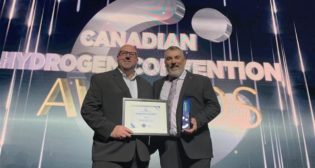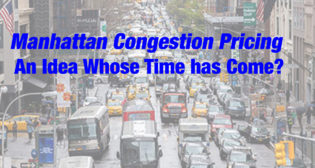
Remembering the Budd RDC
Written by David Peter Alan, Contributing Editor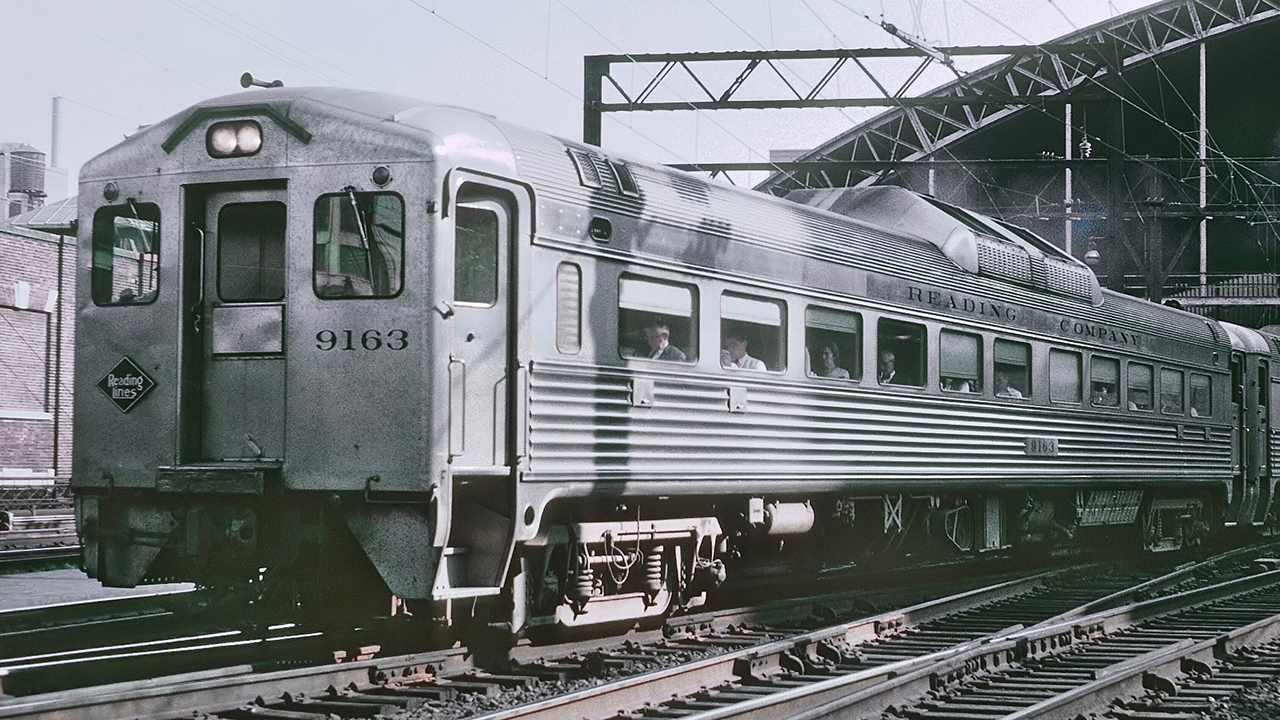
Reading Company Budd Rail Diesel Car 9163 at Reading Terminal, September 1964. Wikimedia Commons
To railroaders with active memories and to seniors like me who rode the great trains toward the end of the “Streamliner” Era, the Budd Company of Philadelphia has almost a magical historic presence. The great Budd-built streamlined equipment faded from American rails decades ago, but the cars the company built in 1954 for Canadian Pacific’s crack transcontinental train, the Canadian, still run on VIA Rail in eight of Canada’s provinces.
The company was also known for another innovation, the Rail Diesel Car (RDC), also called the “Buddliner” or, more simply, the “Budd Car”: a diesel multiple-unit (DMU), different from those that run today. It was a self-propelled unit that provided service on many lightly patronized lines, often as the last passenger equipment a railroad ran during the final days of its passenger service.
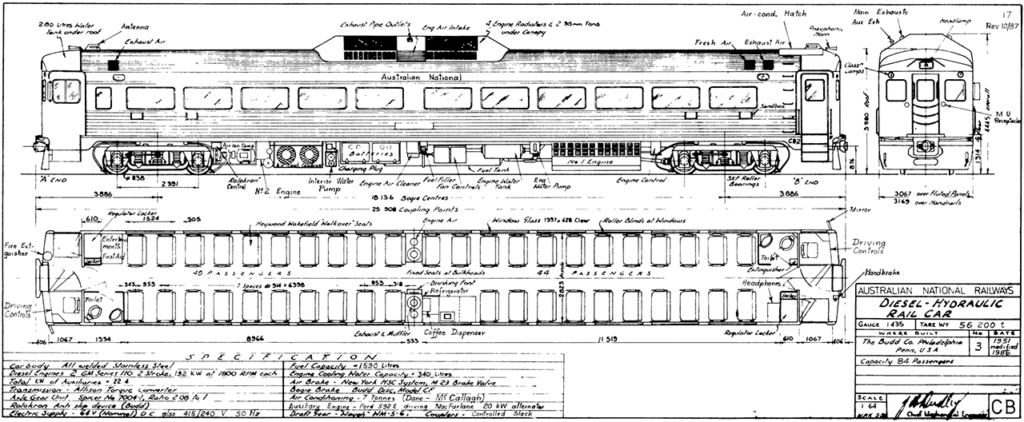
Almost 400 RDCs were built by the Budd Company, starting in 1949 and continuing until 1962. They consisted of an 85-foot-long standard coach body with a diesel engine under the floor and the Budd Company’s distinctive stainless-steel construction. There were five models available. The RDC-1 held 90 passengers, the RDC-2 held 70 passengers and had a baggage compartment, the RDC-3 held 48 passengers and had both a baggage compartment and a Railway Post Office (RPO) for mail, the RDC-9 held 94 passengers and used a less-powerful engine, and the RDC-4 was a 73-foot RPO and baggage car. The RDC-9 also had no cab and was designed to be used along with one or more powered cars.
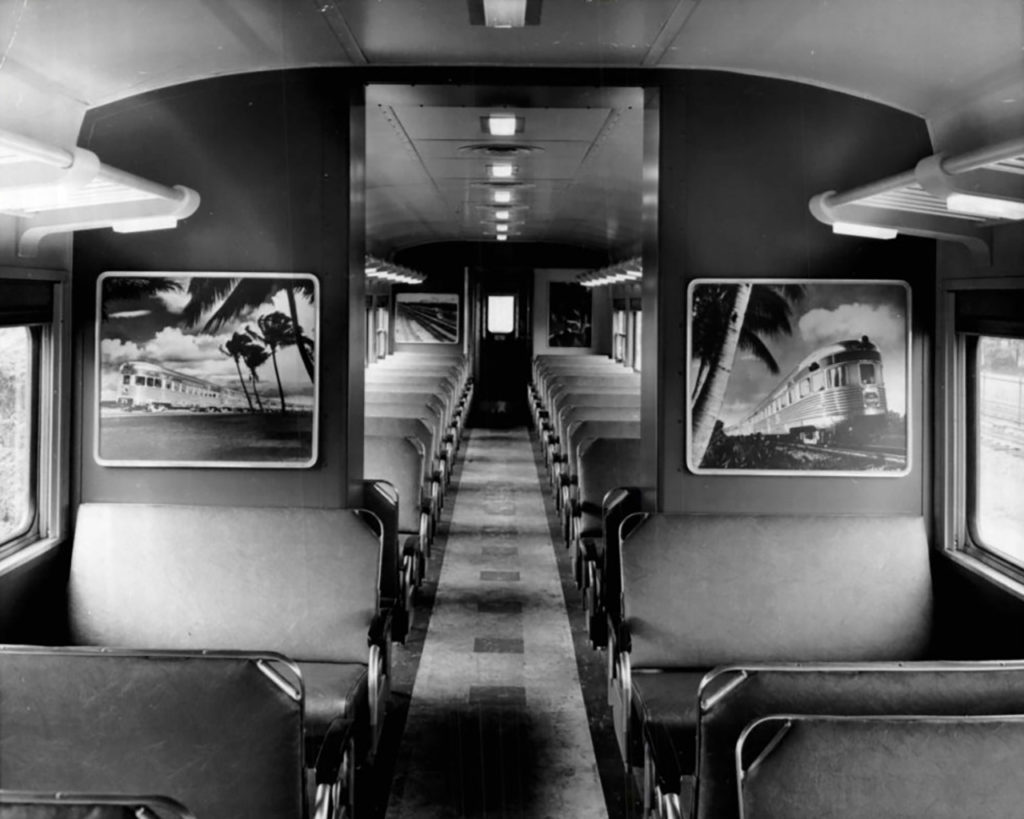
It seems that the cars ran almost everywhere, especially in Canada and the Northeastern United States. In the Northeast, they ran on the Boston & Maine, New Haven, New York Central, Jersey Central, Reading, Baltimore & Ohio, and other railroads. They ran on “commuter” roads like the Pennsylvania-Reading Seashore Lines in South Jersey and the New York Susquehanna & Western in North Jersey. They replaced famous trains on railroads like the Rock Island during the final years of those trains’ lives, and they supplemented service elsewhere, like the tri-weekly Zephyrette that ran on a schedule complimentary to the Western Pacific’s legendary California Zephyr during the 1950s. A number of railroads purchased one, two or three such cars, but did not use them extensively. They were also seen in many places in Canada: on CN, CP, and other railroads from the British Columbia Railway (BC Rail, formerly Pacific Great Eastern Railway) to the Dominion Atlantic in Nova Scotia.
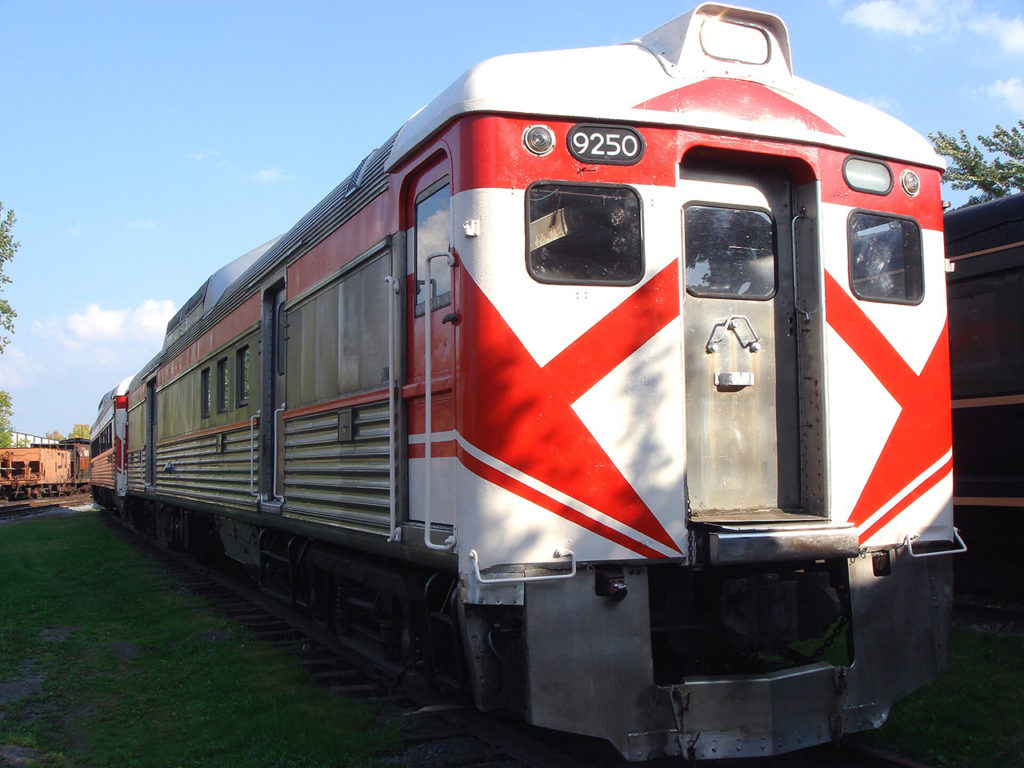
Through the years, I had ridden those famous cars on 16 different railroads, including CN, CP and BC Rail. I rode them on all the U.S. railroads I mentioned above, and during the latter days of their incarnation in local service on Trinity Railway Express between Dallas and Fort Worth, and the Denton County “A-Train” in Denton, Tex. Now they are all gone and mostly replaced by other equipment, Blue Mountain & Northern in Pennsylvania, and the isolated tri-weekly VIA Rail train formerly known officially as the Lake Superior in northern Ontario. Its route is a remnant of CP’s original Canadian route, and I reported recently on a trip that I took on that train last August.
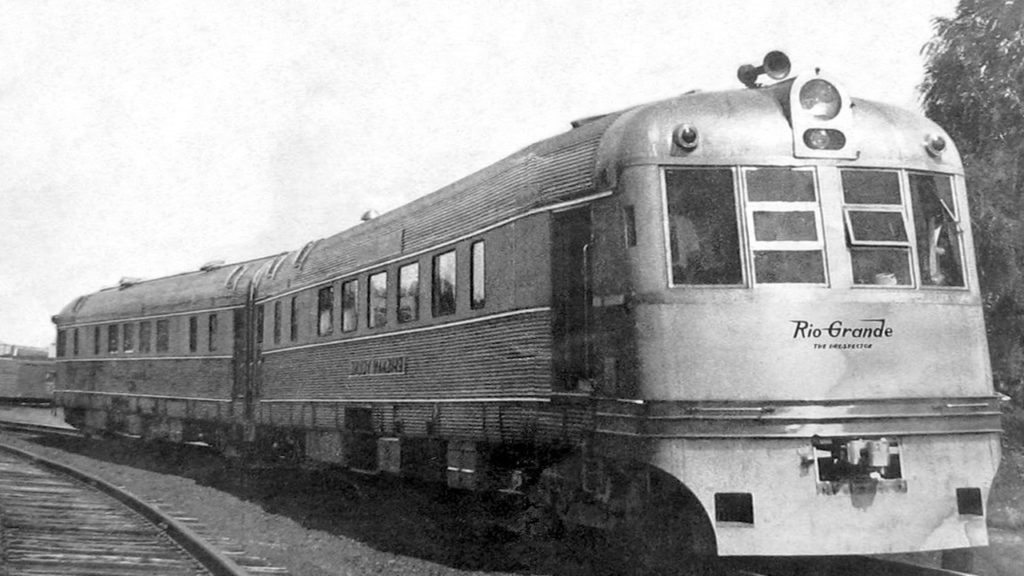
The Budd RDCs were not the first self-propelled passenger cars on U.S. or Canadian railroads. The McKeen Motor Car Company, affiliated with the Union Pacific, built cars between 1905 and 1917. They were followed by the Doodlebug, a single car, powered by a gasoline, diesel or gas-electric engine, that normally ran as a single car with a combine configuration (seats for passengers and a baggage or mail compartment) and provided limited seating capacity on lightly patronized lines. General Electric (GE) and the Electro-Motive Corporation (EMC) built most of the units. Their heyday came during the 1920s and 30s, although there are still a few in use on tourist railroads today. The Budd Company entered the market in 1932, just as EMC left. Joshua D. Coran, who worked on Budd RDC cars during his railroad career, told Railway Age: “I grew up in Boston, and my first ride was on a Doodlebug on the B&M. Then they went to RDCs.”
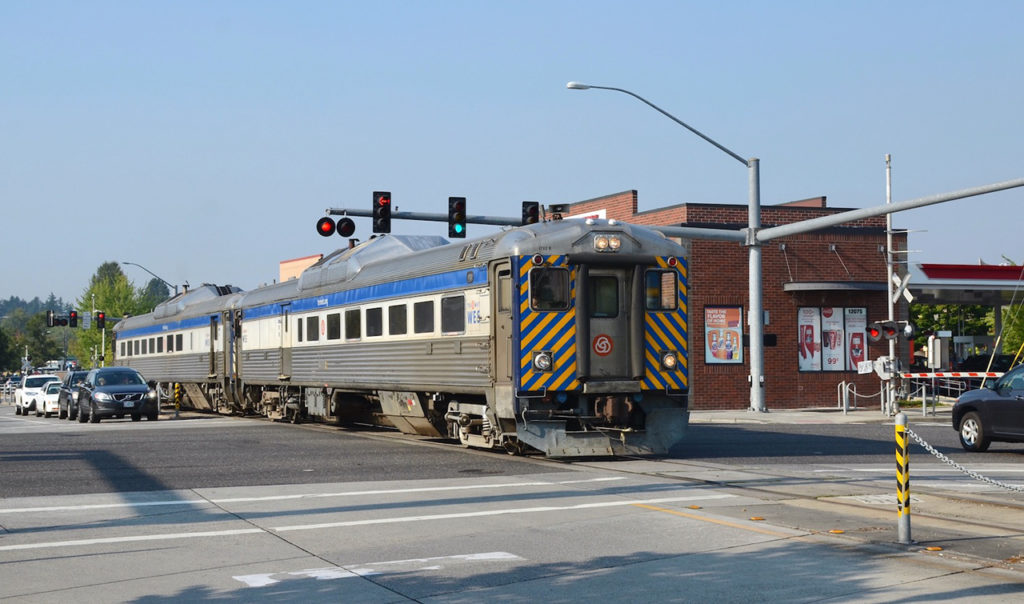
In the U.S., the Northeast was the home of the RDCs, with its epicenter in New England. A half-century ago, all of Boston’s Northside service from North Station, on historic Boston & Maine track, ran with them exclusively. So did much of the Southside service from South Station on former New Haven Railroad lines, although some trains ran with conventional equipment. The few commuter trains then running on the Boston & Albany line, part of the New York Central (NYC) for decades, used conventional equipment, but the NYC ran Budd RDCs elsewhere and called them “Beeliners.” They ran on branch lines or as lightly patronized trains on lines that also hosted “feature” trains, such as a daytime local train between Boston and Albany. They also ran on the outer portions of “commuter” lines, like the “upper” parts of the Hudson and Harlem Lines from New York, now part of Metro-North.
Further south, they did not run (at least not regularly) on the Pennsylvania, Erie, or Lackawanna Railroads. They ran regularly on the Jersey Central, Reading, and B&O. On the latter railroad, a relatively long train of them ran between Pittsburgh and Washington, D.C. as the Daylight Speedliner, featuring seats that were more comfortable than those on typical RDC “commuter” cars, and a car with a lunch counter. One of them still runs on Reading & Northern excursion trains from time to time, featuring Pennsylvania local food specialties prepared and served by volunteers on board.
Although Budd had built a sort-of rail-diesel unit as early as 1938, the 1950s, ’60s and ’70s were the RDC’s most prolific era. Most of them were gone by the 1980s, but some soldiered on through the 1990s and even beyond 2000. Before it discontinued the service in 2002, BC Rail ran a two-car RDC train between North Vancouver and Lillooet every day. The train split there, and one car either went further north to Prince George (also on VIA Rail’s Skeena route between Jasper, Alberta and Prince Rupert, B.C.) or back south from there on a tri-weekly schedule. The other car went back to North Vancouver, completing a one-day round trip. The cars were also found on local operations that were founded more recently. They included TRE and Oregon’s peak-hour-only Westside Express Service (WES) between a suburban light rail stop at Beaverton and Wilson (on the way to Salem, the state capital) on the Portland & Western. Four of the cars also ran on the Alaska Railroad, their northernmost use. Beyond the U.S. and Canada, they once ran in Australia, Brazil, Cuba and Saudi Arabia.
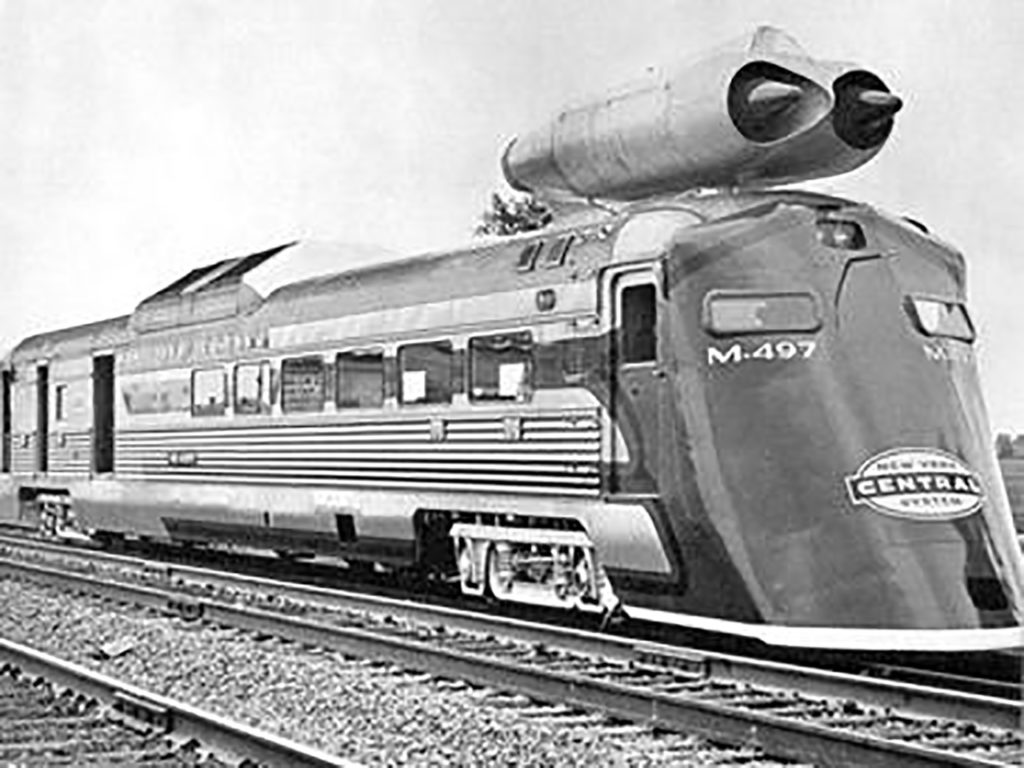
Coran served as Chief Mechanical Officer at the Alaska Railroad and at TRE, and he worked on RDCs on both railroads. He mentioned that shop crews had to come up with new ideas to keep the cars running, and gave this example: “VIA Rail came up with a modification of the drivetrains. The Detroit Diesel engines and Allison transmissions (products of GM subsidiaries) that originally came with the cars were obsolete. VIA Rail used Cummins diesel engines and Twin Drive transmissions modified for the cars.” Concerning the cars that he and his crew had overhauled, Coran said that “Texas had cherry-picked the best cars for TRE” among the ones available for purchase.
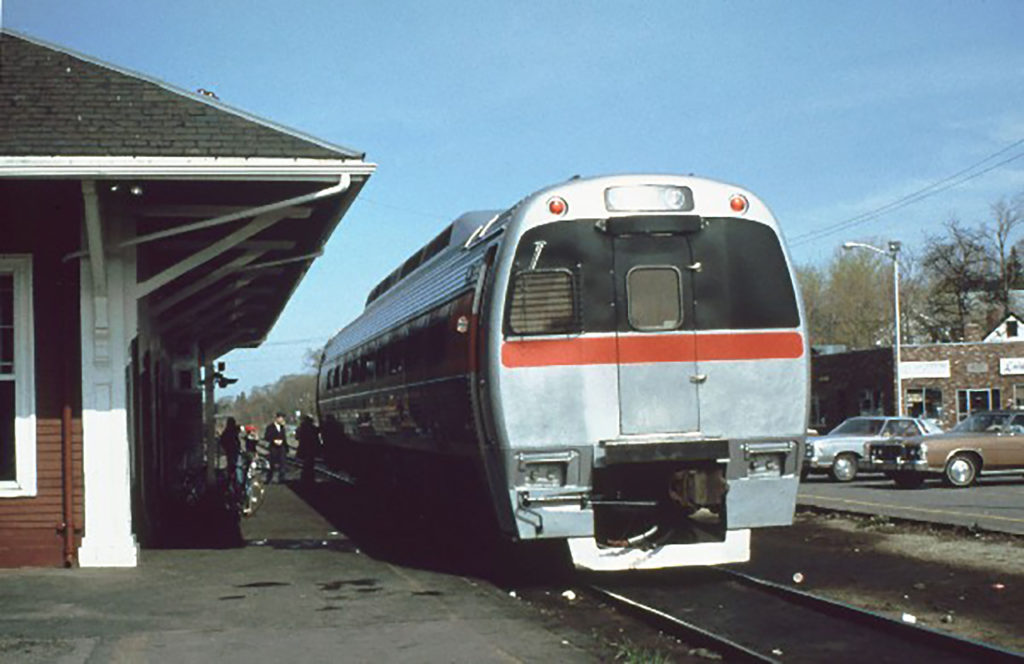
There were later efforts to build self-propelled cars for passenger service. The Budd Company tried again from 1978 to 1981 with the SPV-2000 (“Special Purpose Vehicle”) class of cars, which featured the tubular body design used for Amfleet cars, many of which still run on Amtrak’s Northeast Corridor (NEC) and its branches. Coran explained that those cars had problems, including an attempt to make the car’s two engines drive all four axles, which was solved by disconnecting two axles and configuring each engine to drive one axle, as was done in the original design for the RDCs.
In any event, the SPV-2000 cars never caught on, and only 31 were built. They ran in places where the Budd cars had gone before: the Upper Hudson and Upper Harlem Lines on historic New York Central tracks, and former New Haven Railroad territory on shuttles between Bridgeport and Waterbury, and between New Haven and Hartford/Springfield. For a brief time, they even ran on historic Erie Railroad territory in shuttle service between Suffern and Port Jervis, N.Y. on a line owned by Metro-North and operated by NJ Transit. All these operations still run today, but with conventional equipment. Trains on the former NYC and New Haven lines are operated by Metro-North, Amtrak or Connecticut DOT.
Self-propelled DMU equipment runs on only a few local operations today. They include SMART (Sonoma Marin Area Rail Transit) north of San Francisco, TEXRail in Fort Worth, Metrolink’s Arrow service between San Bernardino and Redlands, other operations in California, and some elsewhere, like New Jersey Transit’s River Line between Trenton and Camden in South Jersey. The problem those operations that share their right-of-way with freight is that the equipment is non-compliant with FRA shared-use safety standards. A combination of waivers and temporal separation must be enacted. This often precludes evening service wherever it is in effect, and the FRA is very strict about safety. Only a few of these self-propelled cars or trains comply with the standards for crashworthiness that would allow them to operate full-service schedules. That was never a problem with Budd’s RDC cars, which could operate at any time, on many railroads, and sometimes even as long-distance trains.
Recalling the end of the era when RDC cars were popular with railroads, Adam Burns commented on www.american-rails.com: “Just as with its early streamliners and passenger car designs, Budd built its Rail Diesel Car to a very high standard of both performance and reliability. Unfortunately, the Transportation Act of 1958 cut short the RDC’s potential of selling many more units. This new piece of legislation decreased the power states had to regulate railroads in providing passenger services over lightly used branch and secondary lines. As a result, companies quickly ended passenger trains on those routes or abandoned them altogether if sufficient freight traffic was not available. Naturally, there was no longer a need for Rail Diesel Cars (or doodlebugs), and sales plummeted.”
A few of the old Budd Cars are in service on tourist railroads, and there is talk of running them in more places. One such possibility would be a privately funded seasonal service that would connect with the Downeaster trains at Brunswick, Me., and run easterly along a former Maine Central branch to the coastal town of Rockland. Another operator had run excursions there until 2015, and the line might return, although any such operation is generally considered a long shot.
In the meantime, there are a few tourist lines that run the old Budd Cars as originally intended, and a few others that have removed their engines and now pull them with a locomotive. While it’s fun to ride a train, an operation like that does not replicate the experience of riding an RDC car under its own power. The only way to do that on a scheduled train that runs year-round and provides service to a remote area is to go to Sudbury or White River, Ontario and ride VIA Rail Trains 185 or 186. It was not easy to get there, but as I recently reported, the ride was interesting and a “blast from the past.” The railfans who also made the pilgrimage and rode the train apparently thought so, too.

David Peter Alan is one of America’s most experienced transit users and advocates, having ridden every rail transit line in the U.S., and most Canadian systems. He has also ridden the entire Amtrak and VIA Rail network. His advocacy on the national scene focuses on the Rail Users’ Network (RUN), where he has been a Board member since 2005. Locally in New Jersey, he served as Chair of the Lackawanna Coalition for 21 years, and remains a member. He is also Chair of NJ Transit’s Senior Citizens and Disabled Residents Transportation Advisory Committee (SCDRTAC). When not writing or traveling, he practices law in the fields of Intellectual Property (Patents, Trademarks and Copyright) and business law. Opinions expressed here are his own.

